Yoav Horesh, Sbarro Pizzeria, Jerusalem, August 2003, gelatin silver print, 18½ x 14¾”. Courtesy of the artist.
Horesh was a student in Boston during 9/11 and was struck by how different the American response, with its grounded planes and makeshift memorials, was from his own experiences in Israel. While the American impulse was to “never forget,” Israel’s urge was to erase. (Though curator Kristina Durocher sees a parallel between “America’s response to mass shootings as a new societal norm” and the “cultural fatalism” in Horesh’s photos.)The ghostly reflections in a Sbarro window gesture at what can’t be seen. There are no monuments here, as Horesh explains, because there would be a plaque on every corner. If Lee Friedlander’s The American Monument is a testament to monuments hiding in plain sight, Horesh’s Aftermath, also a book, is a mournful dirge for trauma swept under the rug in the name of “normalcy.”By evoking the uncomfortable gap between violence and the collective “cleanup,” Horesh leaves us space to contemplate. Who was the bomber? Who were the victims? What butterfly effect has been set in motion?
The work I am influenced by and analysing is from his project ‘Aftermath’ It nods to the traditions of street photography, photojournalism and the archival impulse, as well as photo books like Joel Sternfeld’s On This Site and The American Monument. Yet unlike Friedlander, Horesh can only capture the hum of ghosts. To paraphrase Robert Frank, Horesh’s compassionate eye listens before it looks. Yoav Horesh B/W and colour photographs have been dealing with conflict, human tragedy, memory and recovery in Europe, Asia and America since 2001. His deep interest in the history of “sites” led him to explore close and far locations in search for cultural clues and personal histories. His evolving practice has grown from “street photography” to large format landscapes, interiors and portraits that open up the discussion between present and history. His projects also took place in the American South-west, Germany, Laos, Israel, the Gaza Strip and Cambodia, where history still shapes and influences current events and life.
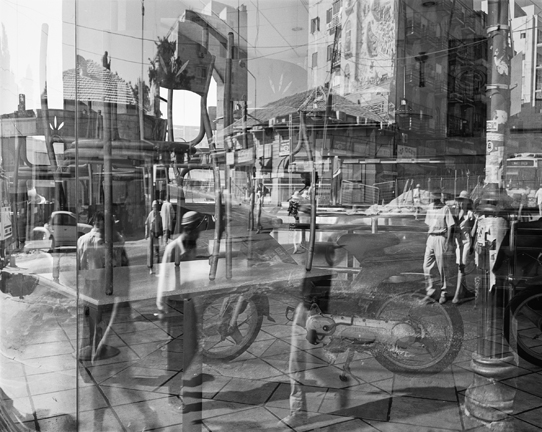
ANYLSIS: I chose to study Horesh, as a consequence from this image. I believe not only does this image show an encounter of our daily lives, but it is a perfect example of chaos. The many images being overlaid. creates a composition that is not messy, but almost works structurally as a whole. The element within each image fit s together and creates a new composition. Each image slipping into a different aspect creating interests of architecture, and new movements of present and past people. This is clearly a very organised and thought out image, and one he did not easily put together. This also symbolises a passing of time, it shows the impact of live, perhaps the evolution of the area, due to the consequences of events which occurred there.
The concept from this image was from a book called aftermath. it is a presentation to make a political point about the conditions and daily lives that are similar to many in poverty and living in this area. His work is a transgression of more complex pieces such as the one above, and also images of slow shutter speed watching the visibility of cars moving, people, and details and shadows and aspects usually unseen in an area. He not only successfully captures the attitudes of people so well, but he too demonstrates knowledge of how to show these emotions very personal to an individual through a piece from a location. he himself has said ‘For two and a half years I photographed over 100 different sites of the suicide bombings in Israel while I lived in New York. I would go to photograph at least twice a year while doing my research for official and non-official information I needed in the United States. The bombings were happening on a daily basis; I would turn on the computer or read the newspapers and obviously I was very worried about my family and friends. The thought that they could be taking a bus or walking down the streets and disappear from life within a blink of a second horrified me. Perhaps it was also the feeling of guilt that pushed me to start this project, to be in far New York while this was happening in Israel so frequently. Maybe this is my mechanism of dealing with trauma; Repeating the action, the visitation, photographing, like going back to “a crime scene” and trying to understand what has happened there psychologically and visually.’
why did I choose this artist: He not only successfully captures a narrative of chaos caused by suicide bombings, and a clear emotional responses to each and everyone of his photos, but also his ranges from teaching 4×5, colour, black and white, darkroom printing techniques to digital photography. His subject matter has always remained the same: life, family, our history and primary emotional responses to the world. Ut’s about how we interpret the world using photography and how we analyse and understand photographs in various contexts. I don’t think these things changed since the first camera was manufactured, only the tools changed. It used to be large format box camera and now you have your phone camera. His photography is not just about creating impressive imagery, but I think that with this project, he was also trying to raise awareness about how life is made a series of random events that affects all of us tremendously. These places he photographed were mundane. They were dictated because of their traumatic history. There was nothing unique about these sites until history scarred them. They turned into significant sites of trauma that he reduced into pictures of the landscape, the city, trees, cafes or street corners.

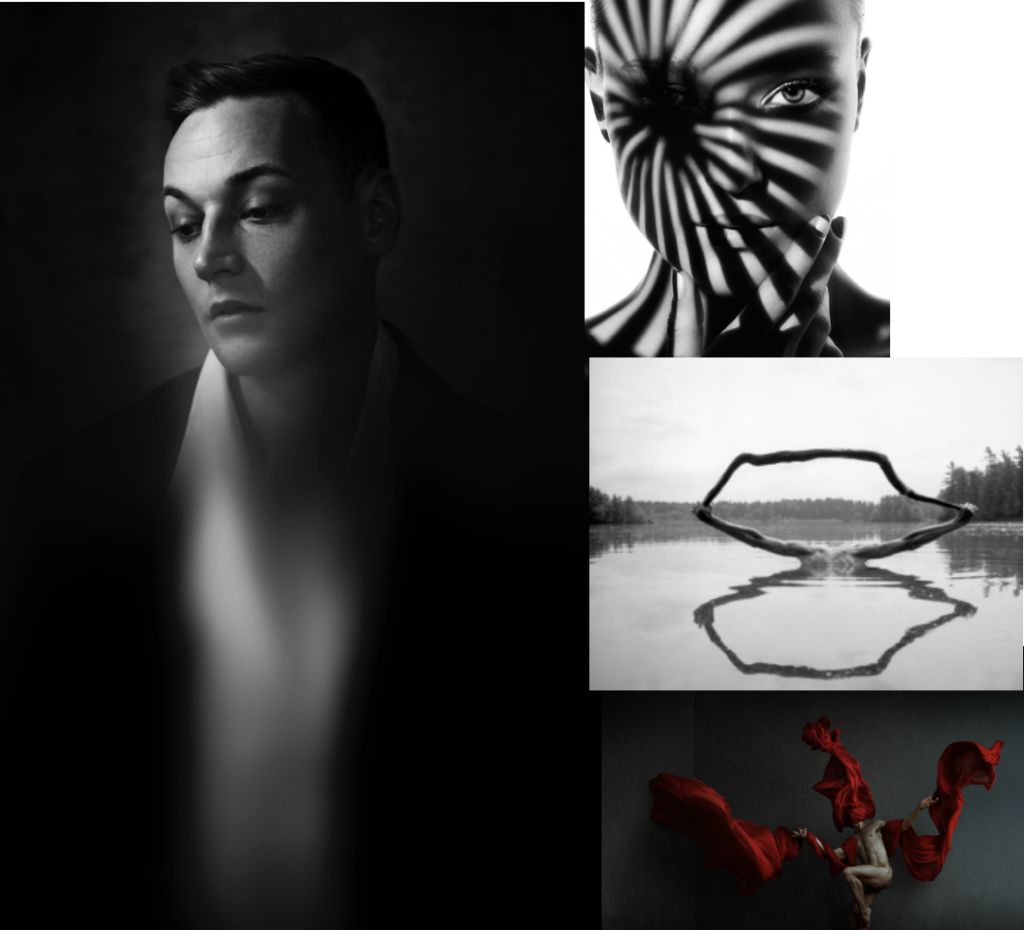


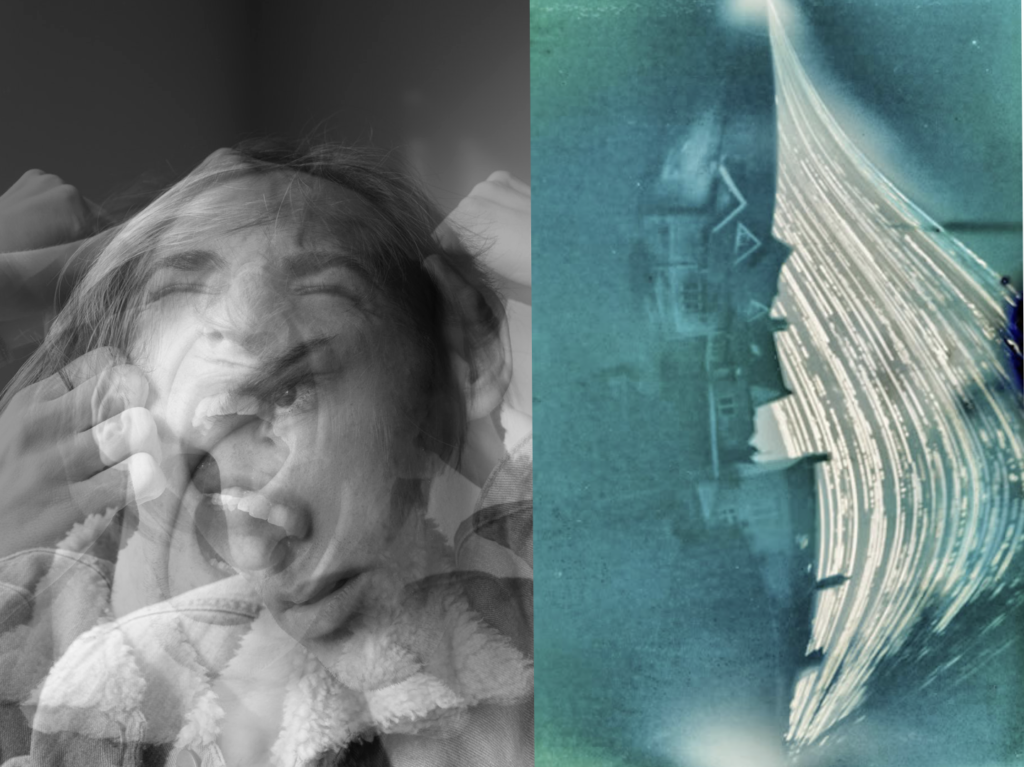
 Some of the ideas above consist of variation such as buildings, animals, shops, lights, people, city landscapes, coast landscapes, natural environments and roads. All of these topics for me would be accessible to photograph in Jersey due to its wide range of varying landscapes. Personally the appeal of variation in animals for me would be the most effective, especially since Jersey has a world-renowned zoo that looks after endangered animals.
Some of the ideas above consist of variation such as buildings, animals, shops, lights, people, city landscapes, coast landscapes, natural environments and roads. All of these topics for me would be accessible to photograph in Jersey due to its wide range of varying landscapes. Personally the appeal of variation in animals for me would be the most effective, especially since Jersey has a world-renowned zoo that looks after endangered animals. Looking over the examples present the topics I found most interesting were comparisons between natural objects and the form of human bodies, natural objects and their influence of the man-made world and similarities between random objects and surrounding environments.
Looking over the examples present the topics I found most interesting were comparisons between natural objects and the form of human bodies, natural objects and their influence of the man-made world and similarities between random objects and surrounding environments.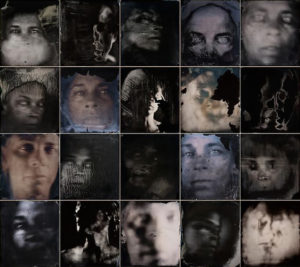
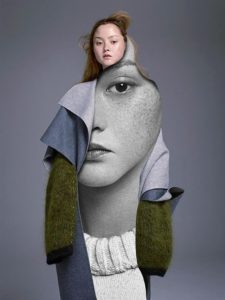
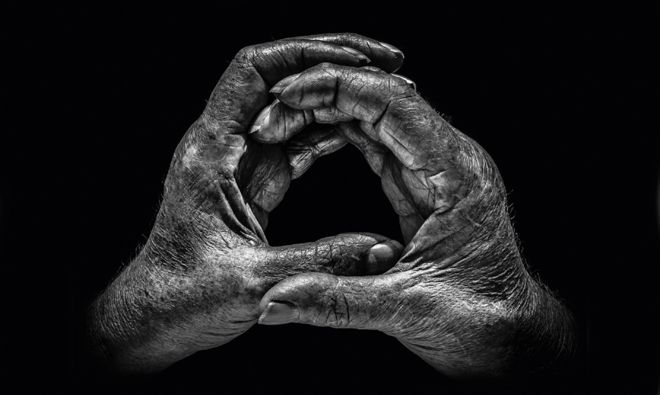
 The way they rested on her walking stick showing her wedding ring, so smooth against the rough skin, told a large part of her story”. Booth says that it was his first ‘hands as a portrait’ and inspired him to carry out more hand portraits. Booth decided that throughout the project he would shoot in black and white, in natural light and in half an hour wherever his subject found most convenient – I will also try to go by these standards as I seek to draw inspirations from this project. Booth also says he has “always preferred black and white as a portrait medium. It enables you to focus on all the detail and form, and not be distracted by skin colour, markers, blemishes and veins” which I completely agree with and believe that it will be vital in my response to this. When picking his subjects booth would first think of a profession he wanted to feature and then who would best represent it. In total there are about 115 pairs of hands in the exhibition telling hundreds of stories of people.
The way they rested on her walking stick showing her wedding ring, so smooth against the rough skin, told a large part of her story”. Booth says that it was his first ‘hands as a portrait’ and inspired him to carry out more hand portraits. Booth decided that throughout the project he would shoot in black and white, in natural light and in half an hour wherever his subject found most convenient – I will also try to go by these standards as I seek to draw inspirations from this project. Booth also says he has “always preferred black and white as a portrait medium. It enables you to focus on all the detail and form, and not be distracted by skin colour, markers, blemishes and veins” which I completely agree with and believe that it will be vital in my response to this. When picking his subjects booth would first think of a profession he wanted to feature and then who would best represent it. In total there are about 115 pairs of hands in the exhibition telling hundreds of stories of people.







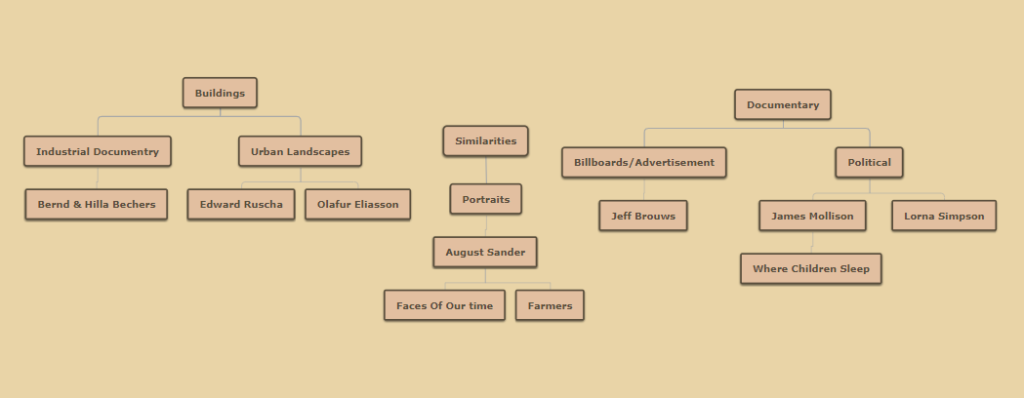
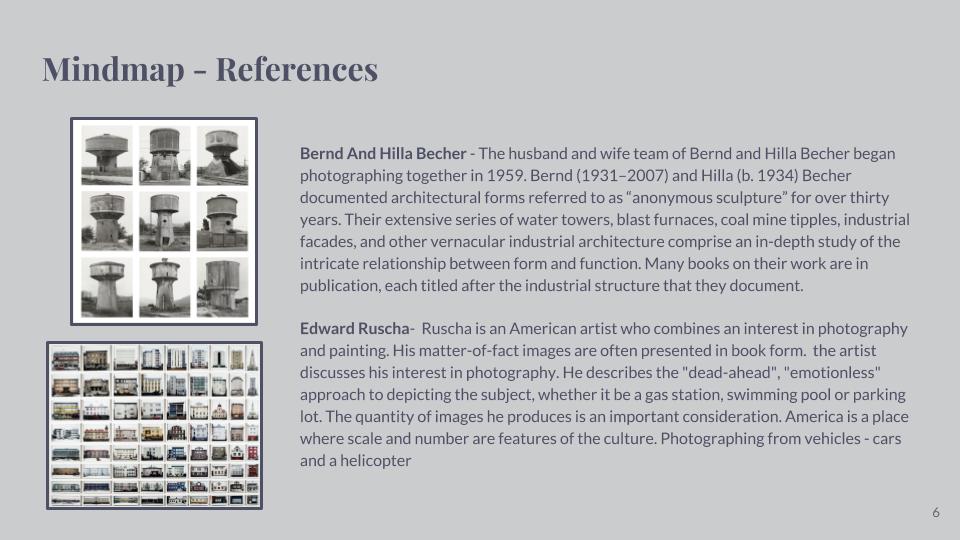




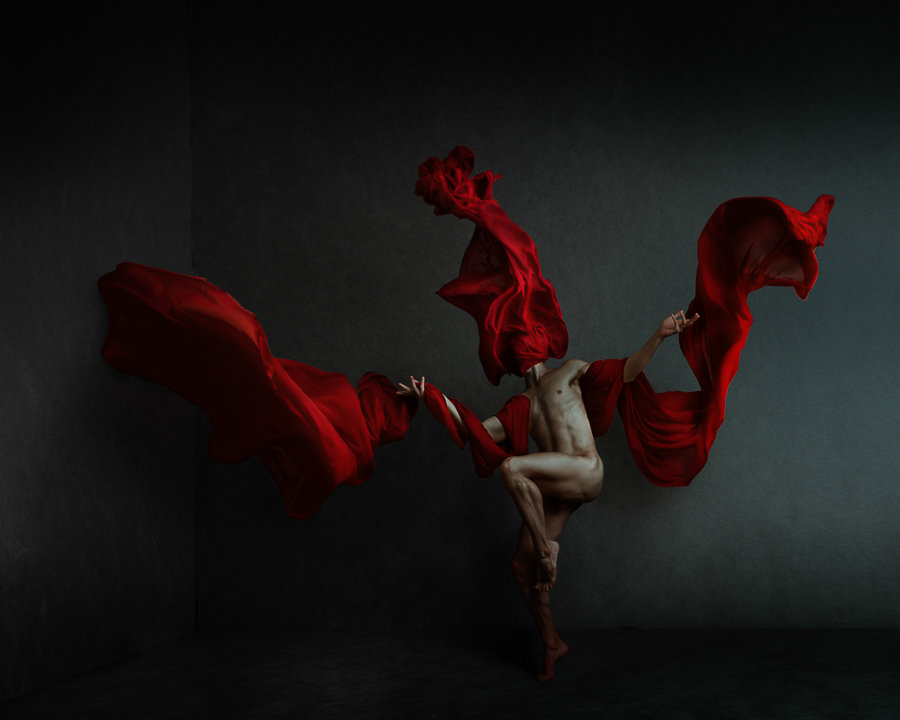
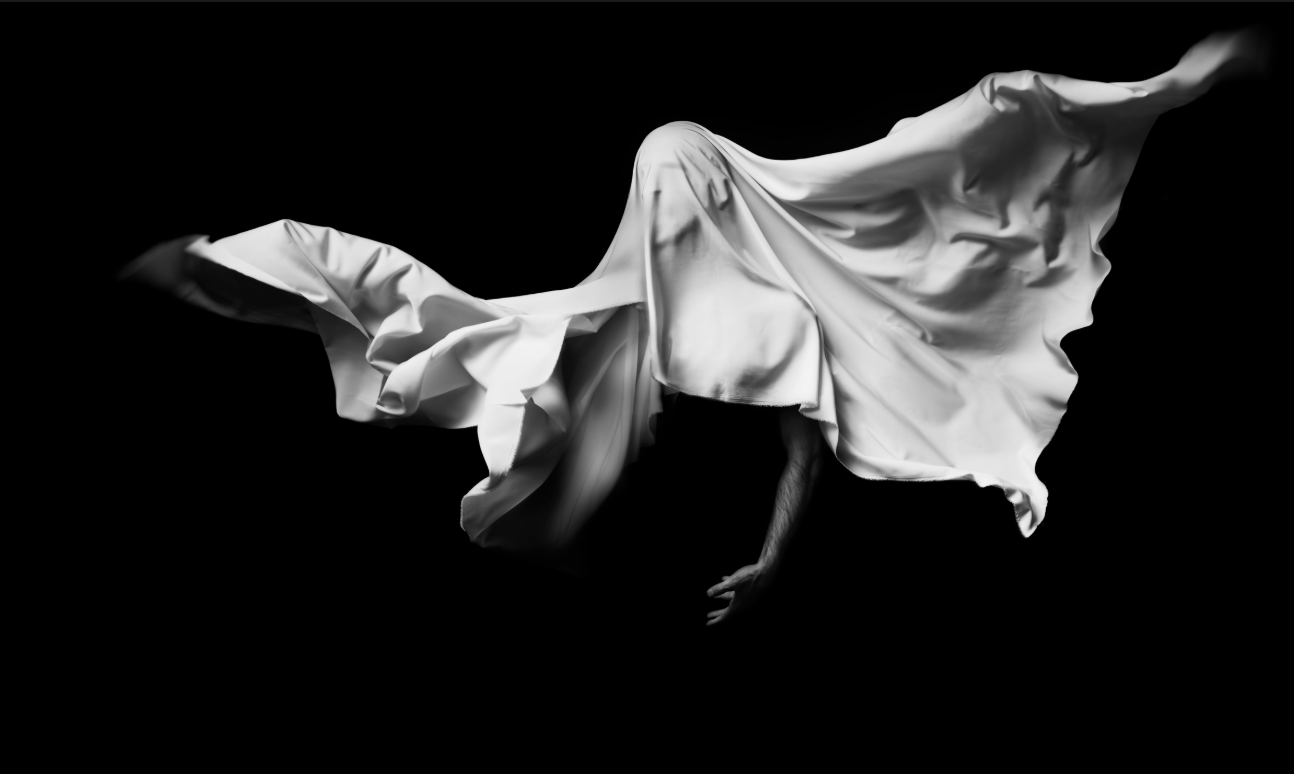
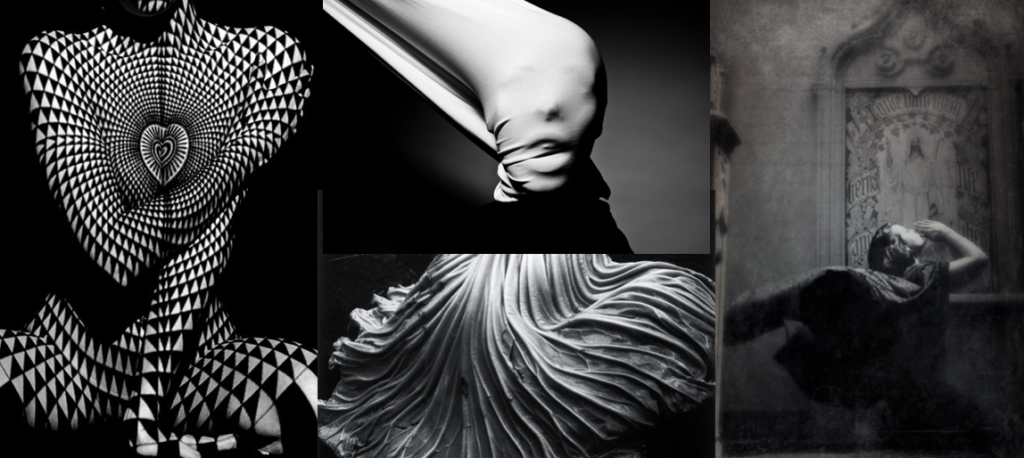
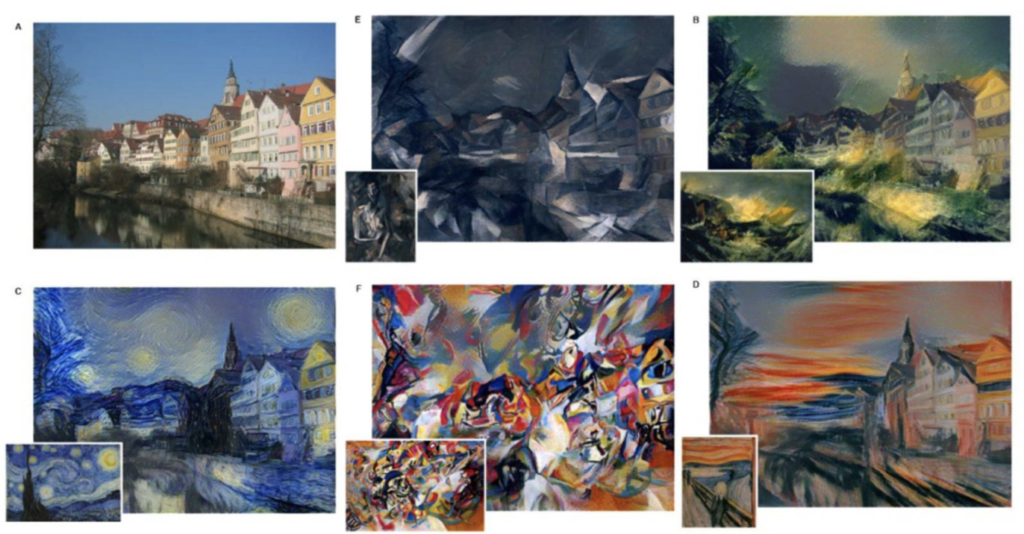



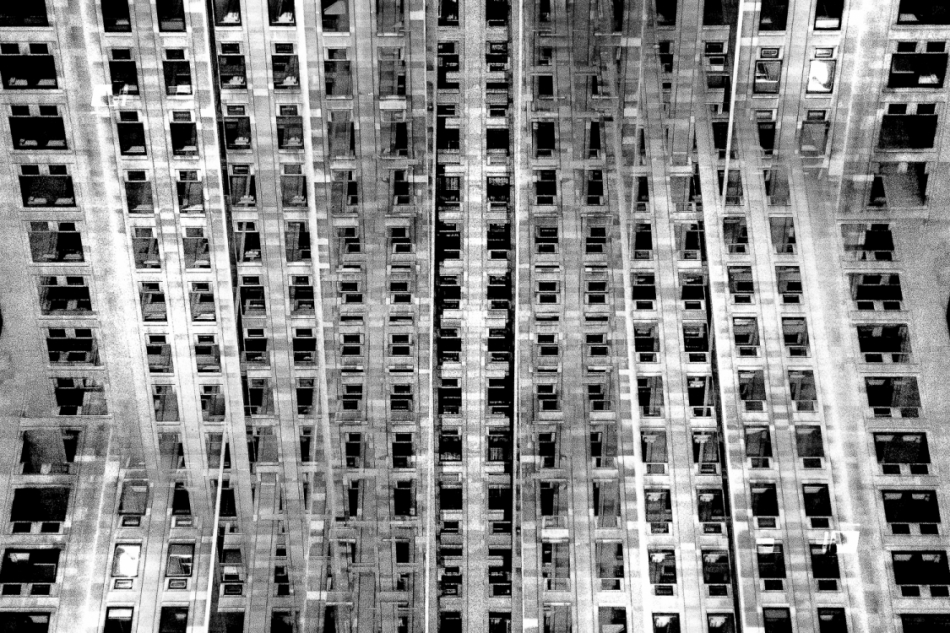 Lewis Bush (born 1988 in London) is a British photographer, writer, curator and educator. Bush studied history at the University of Warwick and gained a master’s degree in documentary photography from London College of Communication, where he lectures on photojournalism and documentary photography. In his work bush seeks to draw attention to forms of invisible power that operate in the world – such as finance. Bush has the standpoint that ‘power is always problematic because it’s natural resting state is arbitrary and untransparent’. Bush’s projects tend to incorporate writing and he has written about photography for a range of national and international print and web titles.
Lewis Bush (born 1988 in London) is a British photographer, writer, curator and educator. Bush studied history at the University of Warwick and gained a master’s degree in documentary photography from London College of Communication, where he lectures on photojournalism and documentary photography. In his work bush seeks to draw attention to forms of invisible power that operate in the world – such as finance. Bush has the standpoint that ‘power is always problematic because it’s natural resting state is arbitrary and untransparent’. Bush’s projects tend to incorporate writing and he has written about photography for a range of national and international print and web titles.

 The main project by Bush that interests me is ‘Metropole’ in which he used a technique of double exposure. The project looks at the collapse of the British Empire and how in its place globalised capitalism grew as London has been rebranded as “a city of demolition, cranes, and glittering new high rises”. ‘Metropole’ aims to record the effect of this on London through the form of documentary photography. This appeals to me and links to the theme ‘Variance and Similarity’ because it explores the fact that there are an increasing amount of large buildings for offices or flats taking away from green land and so the landscape in which we live is turning into a repetitive view of similar flats and offices leaving citizens with a feeling of monotony as everything is being redeveloped to serve the same purpose. Bush’s work on ‘Metropole’ shows a lot of emphasis on the repetition between buildings due to his double exposure effect. I intend to respond to this work by capturing blocks of flats or offices, both in day and at night and then altering the photographs in photoshop to replicate the buildings and create a pattern of repetition throughout the edits. These edits will show how buildings can look different individually but a lot of them can be very boring and repetitive.
The main project by Bush that interests me is ‘Metropole’ in which he used a technique of double exposure. The project looks at the collapse of the British Empire and how in its place globalised capitalism grew as London has been rebranded as “a city of demolition, cranes, and glittering new high rises”. ‘Metropole’ aims to record the effect of this on London through the form of documentary photography. This appeals to me and links to the theme ‘Variance and Similarity’ because it explores the fact that there are an increasing amount of large buildings for offices or flats taking away from green land and so the landscape in which we live is turning into a repetitive view of similar flats and offices leaving citizens with a feeling of monotony as everything is being redeveloped to serve the same purpose. Bush’s work on ‘Metropole’ shows a lot of emphasis on the repetition between buildings due to his double exposure effect. I intend to respond to this work by capturing blocks of flats or offices, both in day and at night and then altering the photographs in photoshop to replicate the buildings and create a pattern of repetition throughout the edits. These edits will show how buildings can look different individually but a lot of them can be very boring and repetitive.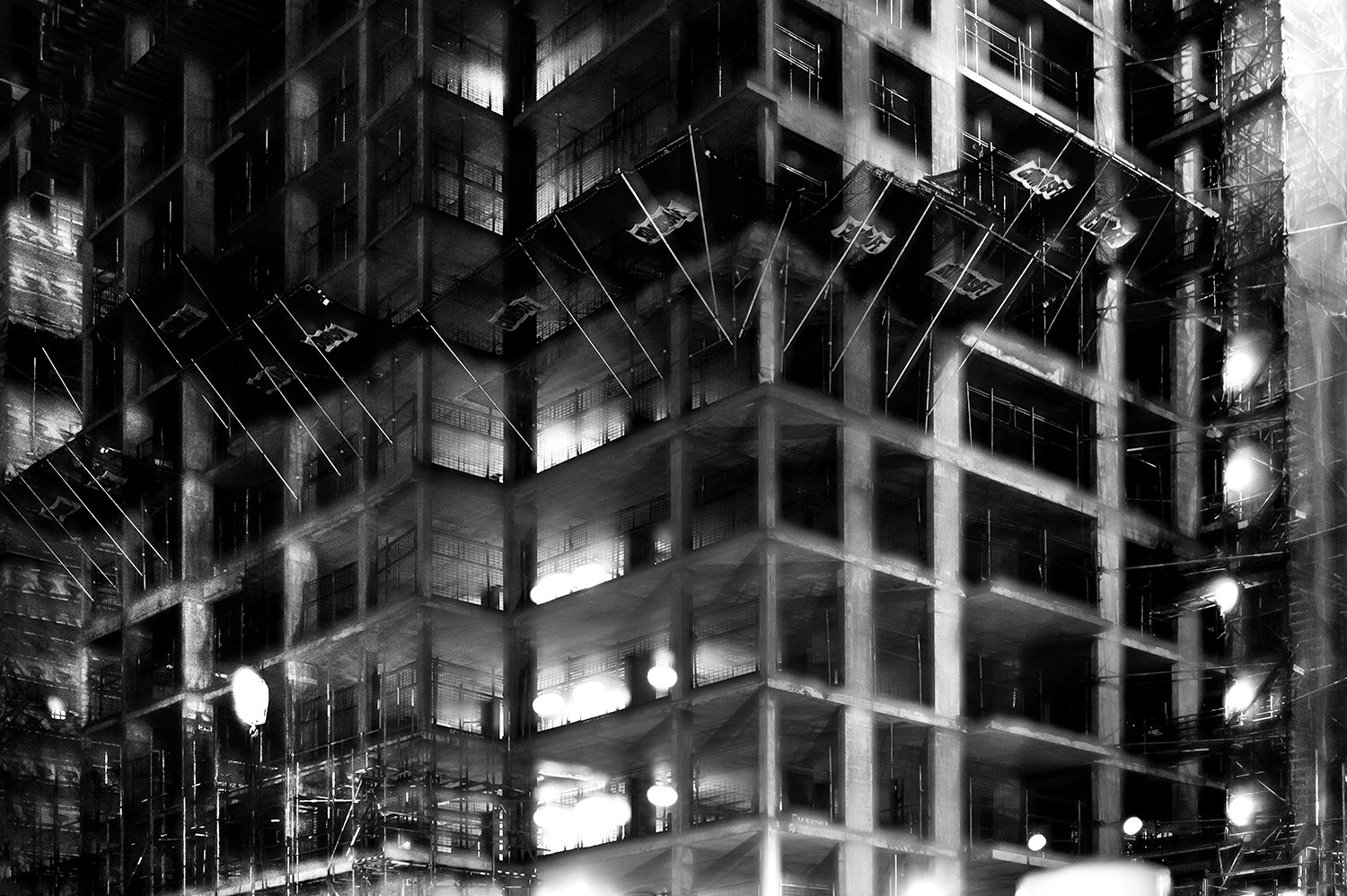
contextual/critical references mentioned as inspiration for William Ye’s work ie. Leibovitz, Erwin Olaf, Picasso: In comparison to the artist Picasso, his work is very much structured in order to create a more mathematical presence of composition. Even the sheet and is an object meant to be fluid, he forms a more secure structure to the piece itself. Everything about this piece is almost mathematically measure out to fit together in a perfect manner. Ye clearly has a vivid influence in the way he too wishes to connote primary colours, in order to inflict and have the persons themselves posses a deemed amount of power. Also seen within his strong juxtapositions of lights and shadows within his other pieces. His demonstration of clear influences is also seen within the similar narrative of his work to that of Olaf, both of them find it important to present that narrative emotions and character of someone. Ye within the vast majority of his work never reveals the identity of the persons, it is hidden within the fine art aspect of his work, Whereas Olaf is much more of a fashion iconography work. So capturing the emotions, and hidden persona of people within the same mysterious circumstances. Ye has a far reaching understanding of artists and how to combine aspects of chaos and mass media into his work. I believe If I too use many artists to inspire and form my own photography techniques that this will relay be highly beneficial to my own work.